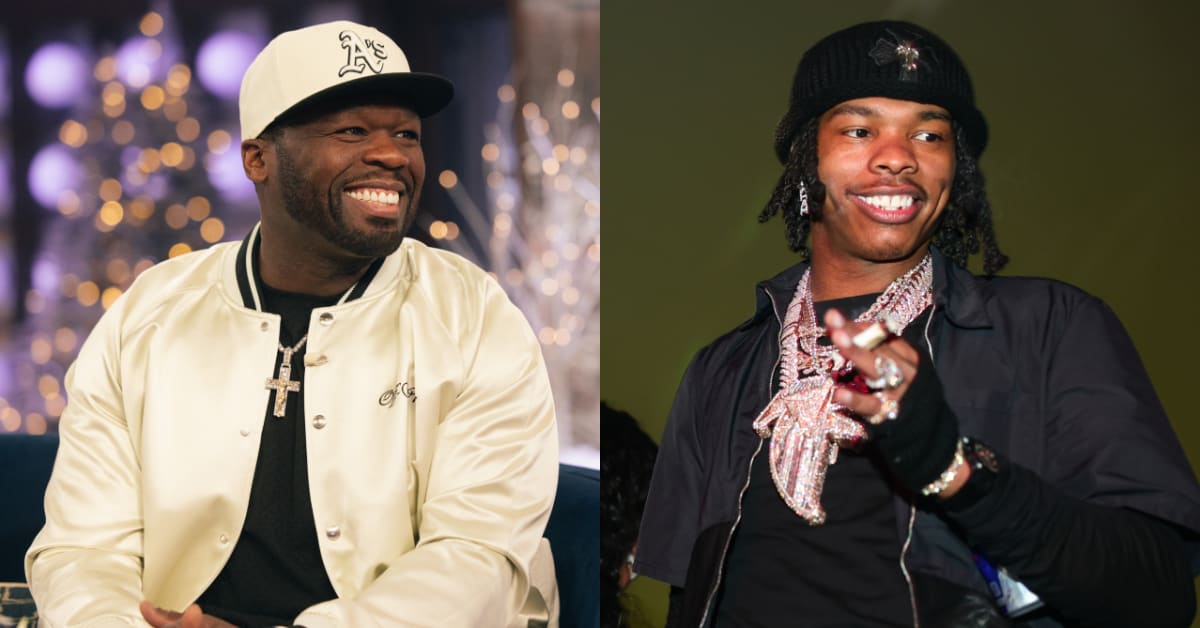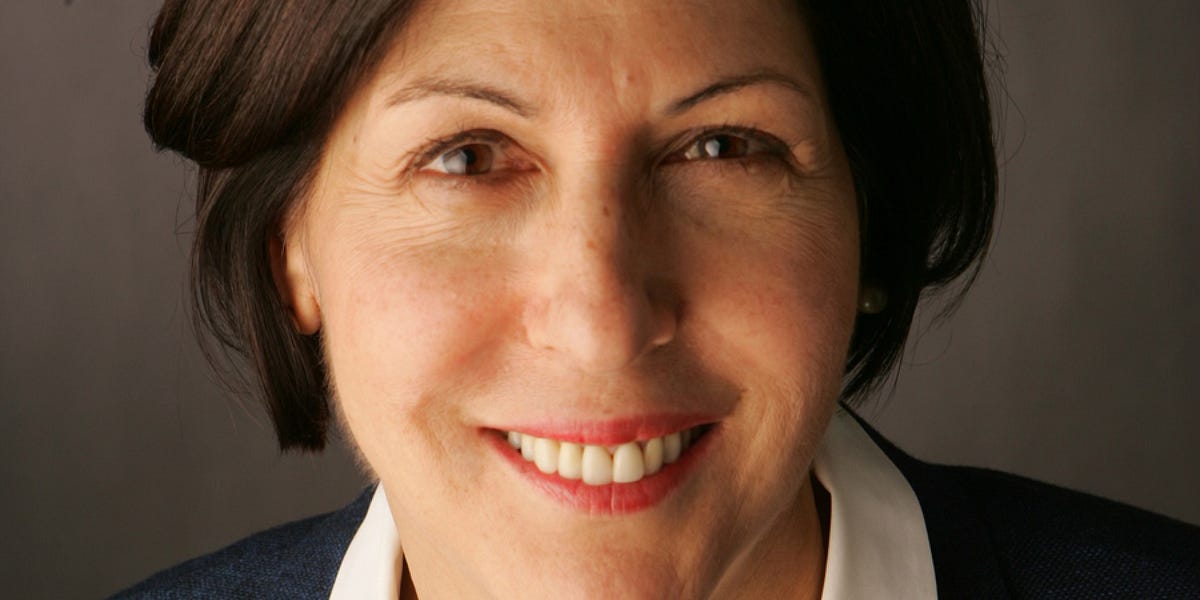Fashion
From the Vogue Archive: Keira Knightley’s Wicked Adventure to High-Fashion Oz

Baum managed to write fourteen Oz books before his death, in 1919. (Other writers continued the series.) He also oversaw several money-losing silent-film versions of his stories and a 1902 Broadway musical, which included such unforgettable Baum-penned numbers as “The Different Ways of Making Love,” “The Traveler and the Pie,” and “Just a Simple Girl from the Prairie.” Oz went on to greater glory on the New York boards, with the 1975 R&B update The Wiz (“Follow the Yellow Brick Road” became “Ease On Down the Road”). And now Wicked, a treacly power-pop deconstruction of the Oz legend, based on Gregory Maguire’s wonderfully subversive novel, has become one of Broadway’s biggest hits.
Still, the 1939 film remains the Wizard of Oz that inhabits our dream life, and it served as the main inspiration for Annie Leibovitz’s shoot for this month’s Vogue. The young actress Keira Knightley was chosen to step into Judy Garland’s ruby slippers—not to mention a variety of top designers’ takes on her gingham frock. Knightley may hail from across the ocean and lack the barely hidden sadness that made Garland’s performance so heartbreaking, but her smile is as wide open as the Midwest.
To give The Wizard of Oz’s iconic characters fresh life and new meaning, Vogue assembled an A-team of contemporary artists, whose images have become part of our collective visual consciousness. Jasper Johns, whose boldly painted maps, targets, and flags helped lead his contemporaries away from Abstract Expressionism and pointed ahead to Pop Art and Minimalism, appears here in good humor as the Cowardly Lion. And John Currin, who famously keeps an ironic distance from his subjects in paintings widely hailed for their technical virtuosity, is the Tin Man, following the Yellow Brick Road in search of a heart.
Some artists and their characters fit together hand-in-glove. “One of my childhood fantasies was to own a monkey,” says winged monkey Jeff Koons, the man behind the gilded 1988 porcelain statue Michael Jackson and Bubbles. “They’re kind of your size, they’re cute, they’re playful, and they’re a little rebellious.”
Kiki Smith, who has turned the human body’s viscera into the stuff of art, grew up identifying more with the Wicked Witch of the West than with Dorothy. “If they had asked me to play any other part, I would have said no,” she insists. “I just liked the image of her riding around on her bicycle, or on her broomstick, kind of cackling at the world.”
When Chuck Close was asked to take on the role of the Wizard of Oz himself, his first thought, he recalls, was, “Does that mean I’m seen as a fake and a fraud?” In fact, Close’s frank and remorseless 1967–68 Big Self-Portrait is as far from the Wizard’s self-aggrandizing as one can get.
Close has always felt an affinity for the movie—“The fact that it goes from black-and-white to color has special meaning for me,” he says—and remains in awe of its staying power. “So many things get dated and go out of favor, and we start to see them as kitsch,” Close says. “I don’t think that will ever really happen to this film. I would think that even kids today, who are used to seeing incredible special effects, would still find it magical. It achieves what all of us, as artists, hope for: It’s an expression of its creators and of its time, but it also partakes of something timeless. Not bad.”










